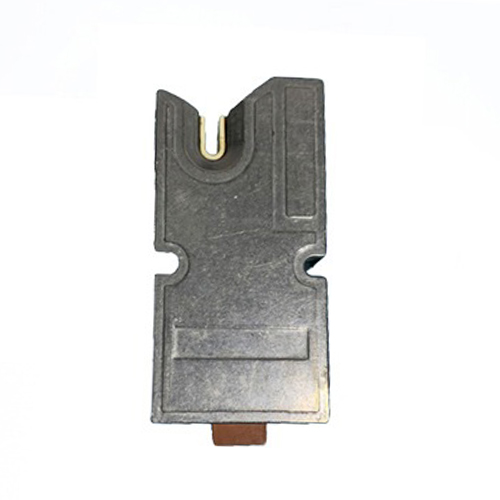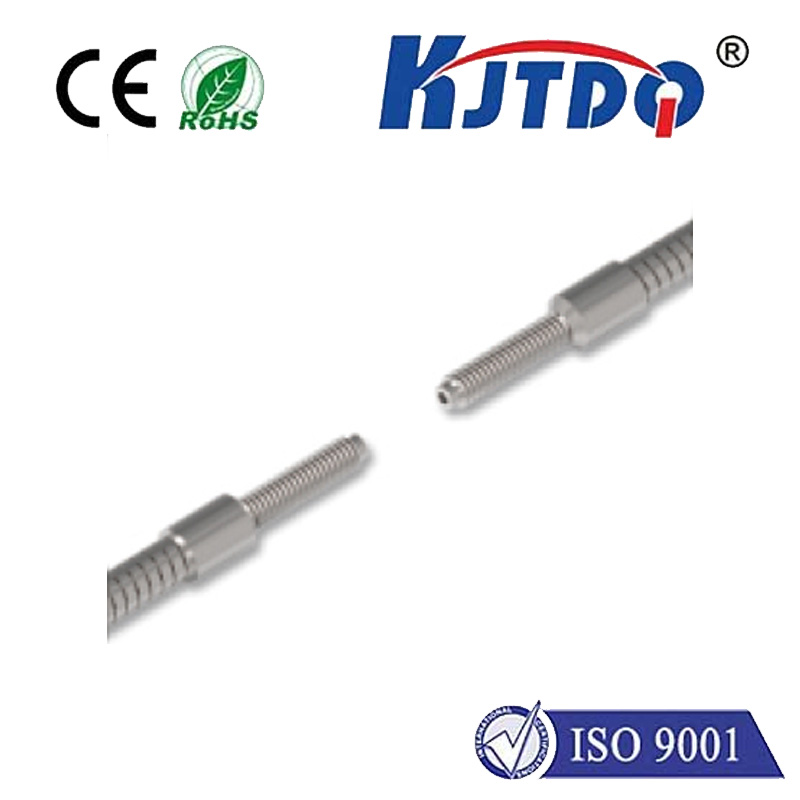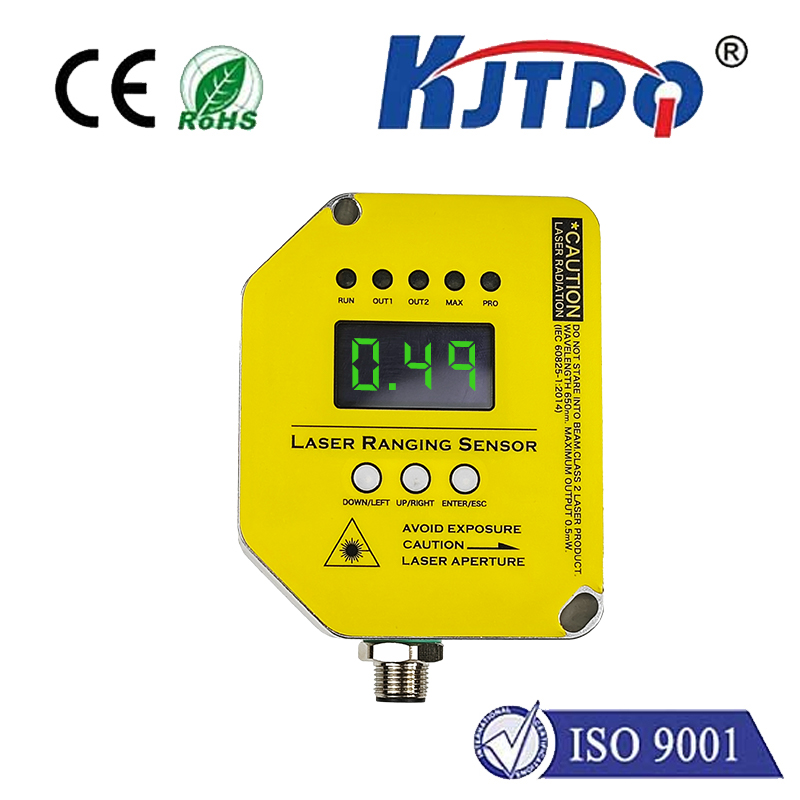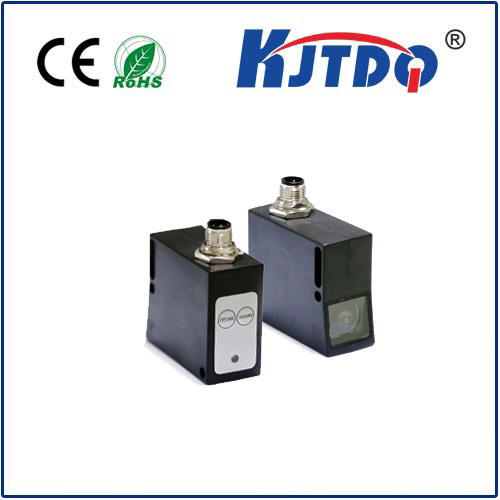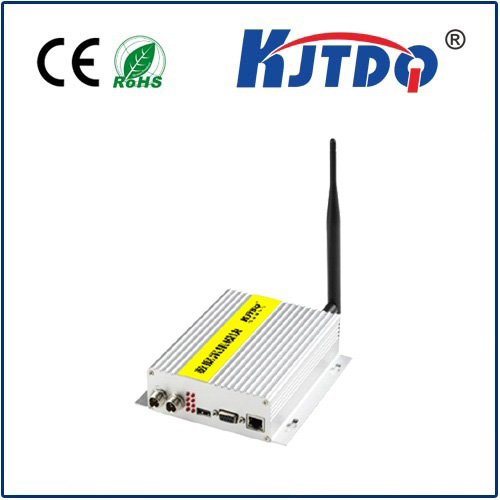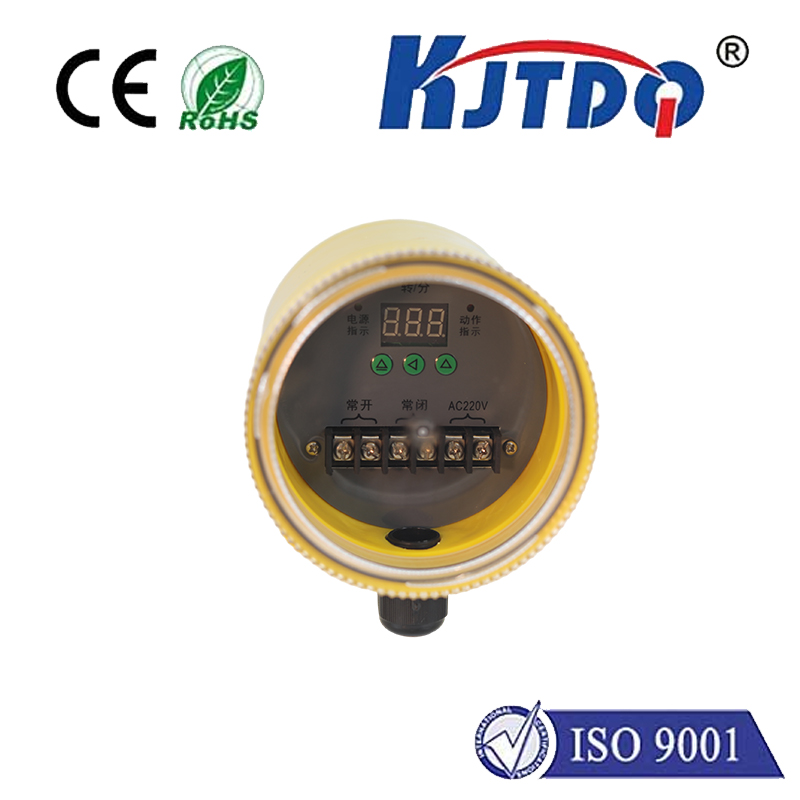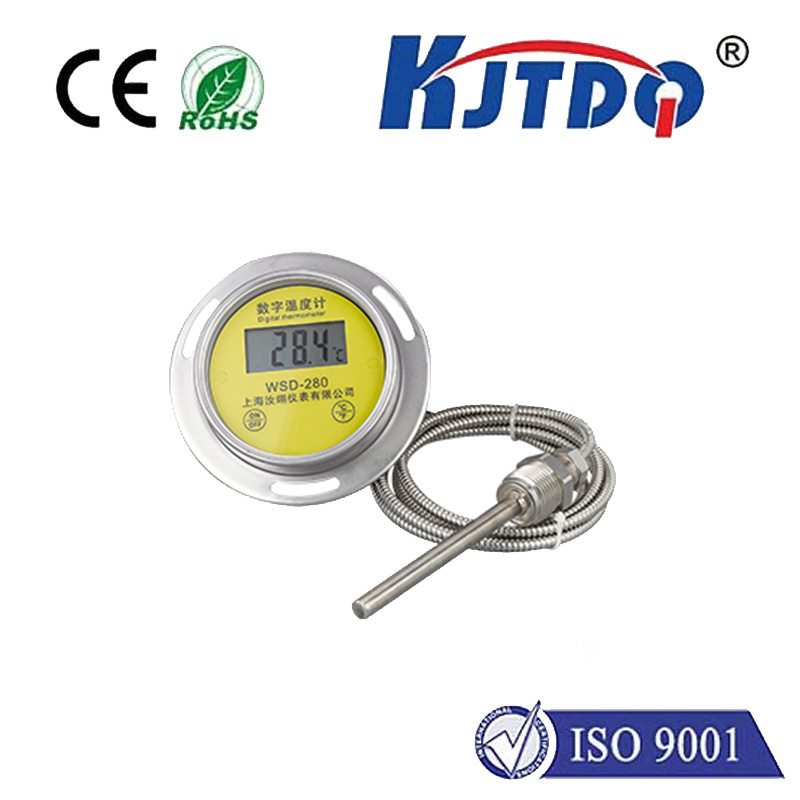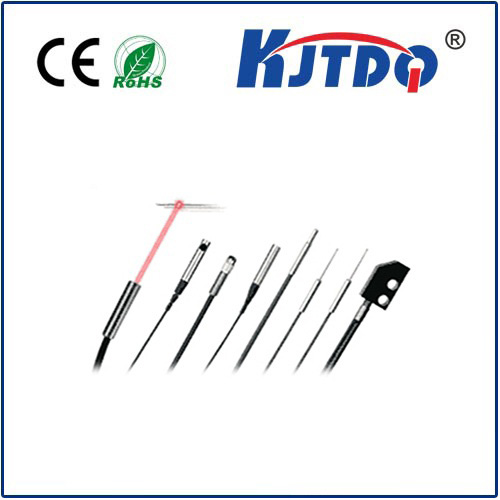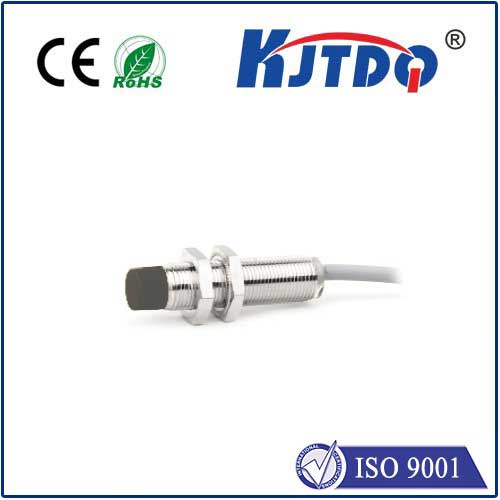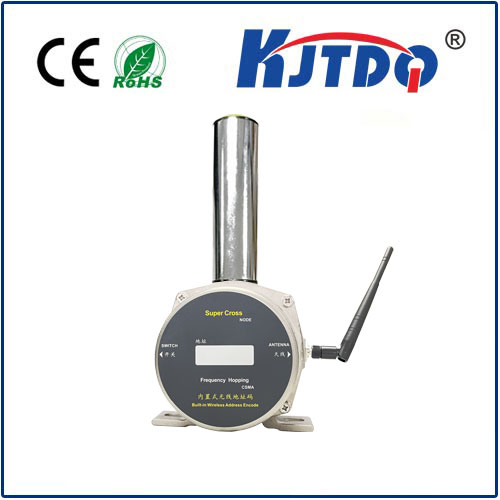

check

check

check

check
24 GHz Radar Sensor: Enhancing Safety and Precision in Modern Applications
In today’s fast-paced technological landscape, the integration of advanced sensors has become essential across various industries. Among these, the 24 GHz radar sensor stands out as a key innovation that enhances safety, precision, and efficiency in numerous applications. This article explores the role of 24 GHz radar sensors, their technical characteristics, and their impact on modern systems.
A 24 GHz radar sensor operates in the 24 gigahertz frequency range, which is particularly useful for detecting objects in various environments. This frequency is ideal for applications that require high-resolution imaging and precise distance measurement. Unlike traditional radar systems, which often rely on Doppler effect principles, 24 GHz radar sensors utilize advanced signal processing techniques to achieve high accuracy and reliability.

One of the primary advantages of 24 GHz radar sensors is their ability to detect objects in low-light or adverse weather conditions. This makes them highly versatile for use in applications such as automotive safety systems, industrial automation, and security monitoring. In the automotive industry, these sensors are used in adaptive cruise control and automatic emergency braking systems, where they provide real-time data to enhance driver safety.
The technical specifications of a 24 GHz radar sensor include a wide operating range, high sensitivity, and low false alarm rates. These features make them suitable for use in environments where precision is critical. For instance, in industrial settings, these sensors are employed in warehouse automation and material handling systems to monitor the movement of goods and personnel. Their ability to detect objects with high accuracy ensures that automated systems operate efficiently and safely.
Another important aspect of 24 GHz radar sensors is their compatibility with a wide range of communication protocols. This allows them to integrate seamlessly into existing infrastructure, making them a popular choice for modern systems. Whether it’s in a factory floor or a vehicle’s onboard system, these sensors can be adapted to meet specific needs without requiring major system overhauls.
In addition to their technical capabilities, 24 GHz radar sensors also play a crucial role in improving user experience. By providing real-time data, they enable systems to respond quickly to changing conditions. This is particularly beneficial in applications where rapid decision-making is essential, such as in robotics and autonomous vehicles.
As technology continues to advance, the demand for high-performance sensors like the 24 GHz radar sensor will only grow. Innovations in signal processing, machine learning, and wireless communication are pushing the boundaries of what these sensors can achieve. As a result, the future of 24 GHz radar sensors looks promising, with potential applications extending into areas such as medical imaging, environmental monitoring, and more.
In conclusion, the 24 GHz radar sensor is a vital component in modern technology, offering a blend of precision, reliability, and versatility. Its integration into various systems not only enhances safety and efficiency but also opens up new possibilities for innovation in different fields. As the demand for advanced sensing solutions continues to rise, the role of 24 GHz radar sensors will become even more significant in shaping the future of technology.
